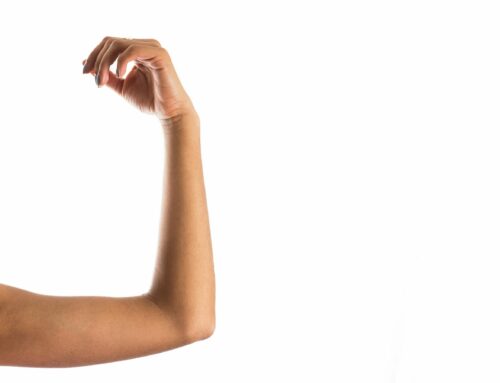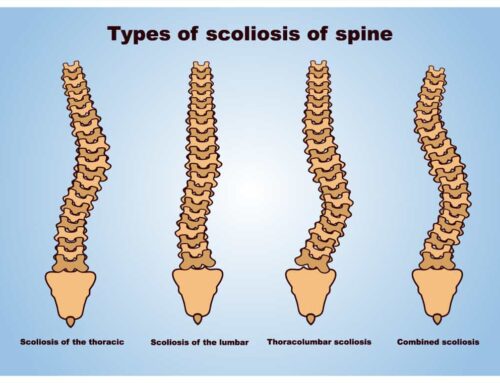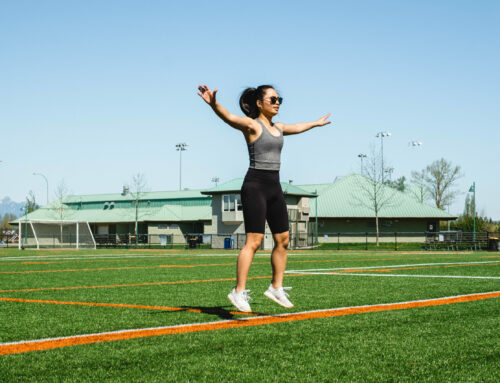Do you have pain on the outside of your elbow? Does it get worse with lifting and gripping? You may have tennis elbow! Yes, you can suffer from it even if you don’t play tennis. The medical term for it is lateral epicondylalgia. It is usually gradual in onset and mostly due to excessive use of the forearm muscles. For example, repetitive stress at work. These muscles attach to the bony parts on the outside of your elbow. It is the attachment of these muscles to the bone that is inflamed or swollen causing pain. Your physio can do some special tests to confirm this diagnosis. This is extremely important, because sometimes it can be your neck or shoulder referring pain down to your elbow. Once we know where the pain is coming from, we can do the right treatment.
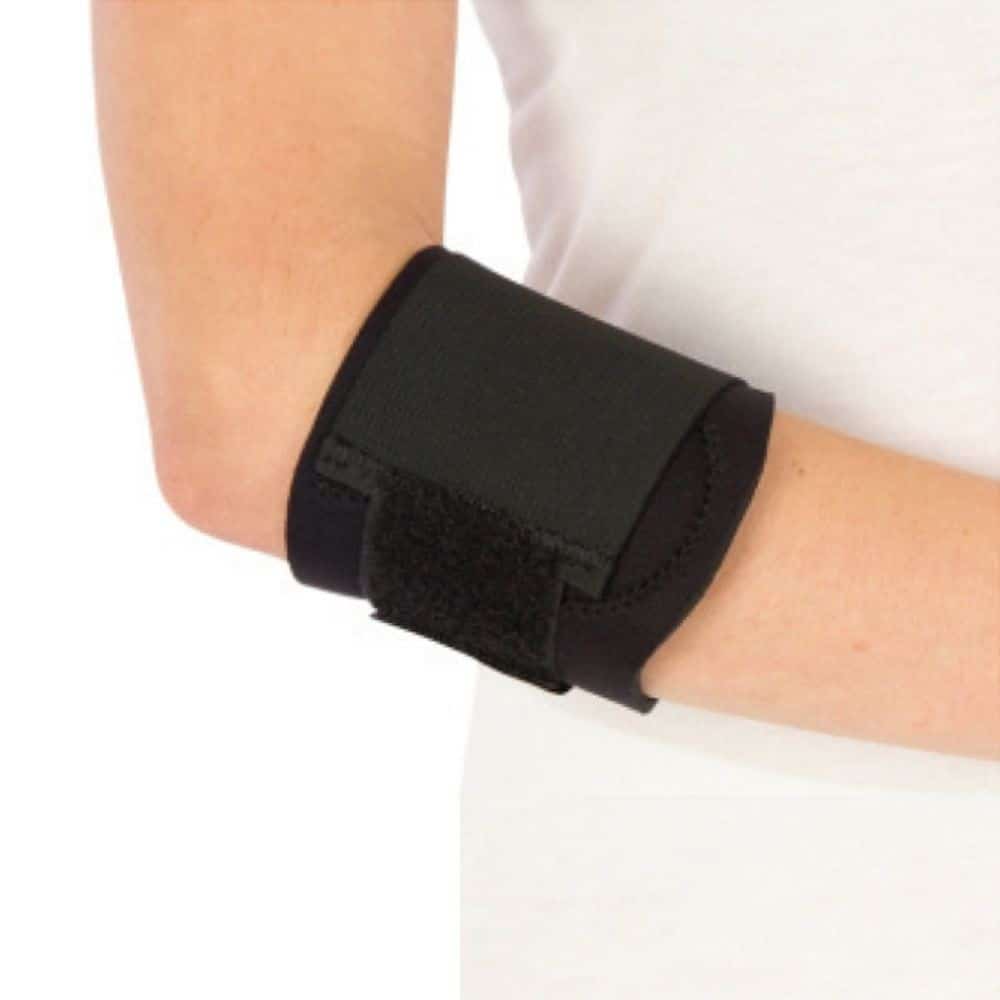
Causes of tennis elbow
- Overuse of the forearm muscles such as repetitive lifting
- Repetitive strain for example while typing, drilling or playing sports like tennis
- Direct injury to the forearm muscles
- Referred pain from the neck
Tennis elbow treatment
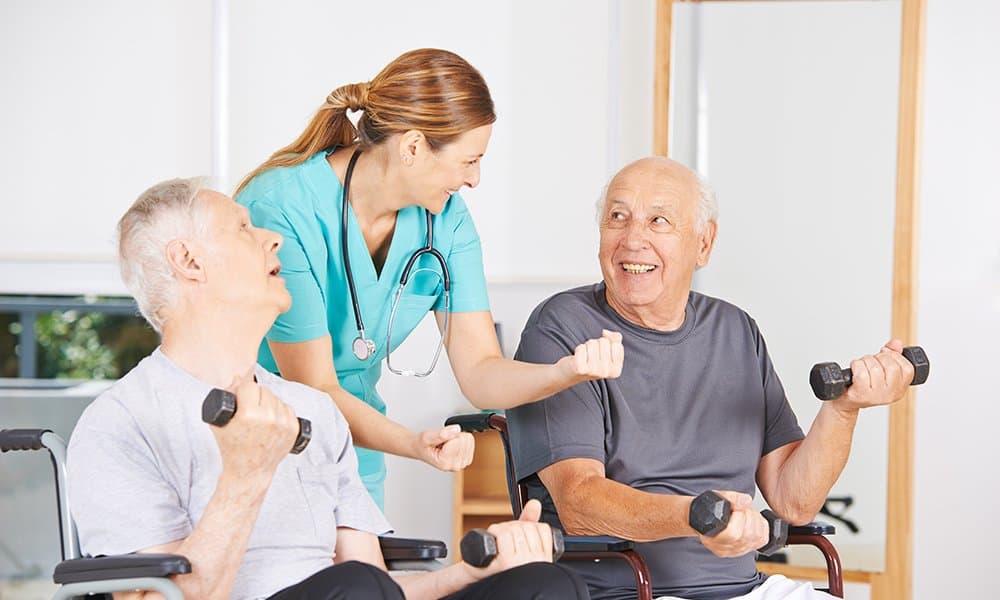
It can last for up to two years if left untreated and you will be more at risk of having recurrence. According to Australian Physiotherapy association “targeted physiotherapy management of tennis elbow typically begins to give people relief immediately. People usually find improved function within 2–3 weeks, and in many cases are completely rid of symptoms within 12–16 weeks”. Cortisone injection shows good initial improvements. However, they will have increase in pain after 6 weeks.
How do our Physiotherapists help?
Our Physios are adept at diagnosing tennis elbow with special tests. The treatment will then consist of the following:
- Mobilization of the elbow joint
- Soft tissue massage of the forearm muscles
- Exercises to strengthen the forearm and hand muscles for long term results
- Advice regarding avoidance of activities to recover quickly and tennis elbow brace
It is important to seek treatment as soon as the pain develops. Remember the longer you are in pain, the longer it will take to recover.



